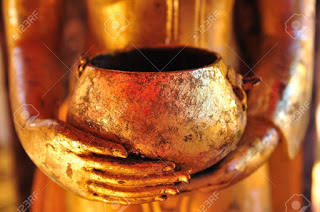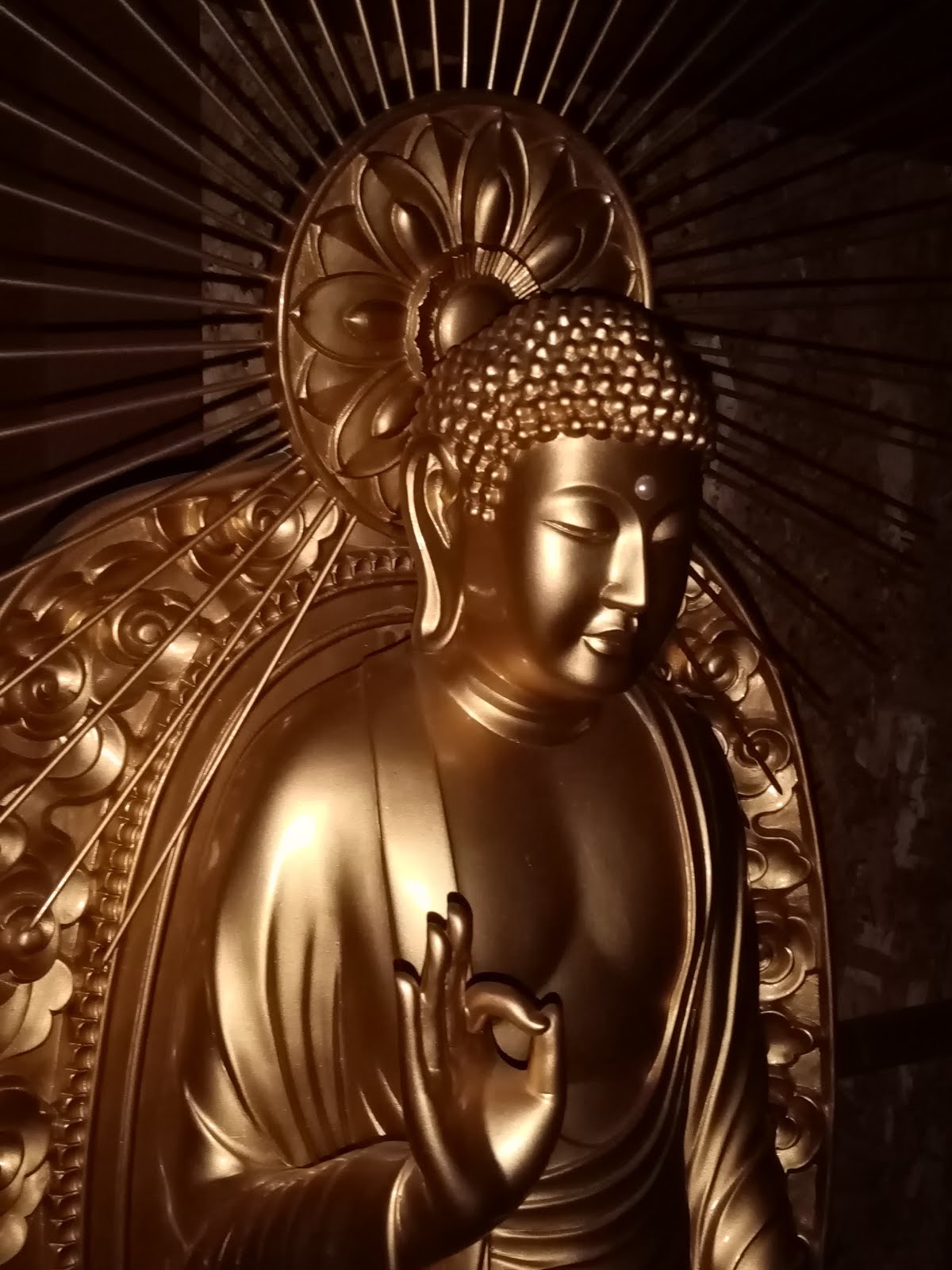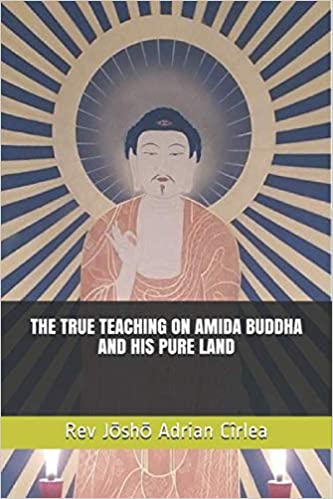If we wish to understand a certain object we look to its
qualities, to the elements that make it up. What are the elements and
fundamental qualities of life? A body and mind which are subject to an
inexorable cycle of birth, growing, maturity, decay and death.
Decay and death …. Especially these two must attract our attention in the same way we analyze a certain object: some qualities distinguish themselves from others and lead to the definition of the object.
In the case of life, impermanence is the fundamental characteristic. So, what shall we do with an object that has impermanence as its main quality? That is as slippery as an eel and very dangerous so that when it is wrongly understood and used, gives rise to suffering? This is the most important question. All true practitioners have analyzed and will analyze this life with the same seriousness Siddhartha treated the meeting with an old man, a sick person and a corpse. His life could no longer be the same after these encounters.But why was my conversion from a self-power practice towards a practice based on Other Power? Why not to “a better practice”, but still in the realm of self-power? The answer is because I felt that I could no longer rely on myself. In the moment I really understood the fragility of my body and saw the corpse of a friend and my grandmother I could never rely again on my personal capacities. At that time, I realized that I cannot be a refuge for myself and that Amida Buddha became my only refuge. Since then I continue to experience this truth every day. Not only the perspective of my death but also my own personal life are constant reminders of the necessity of abandoning myself to Amida's care.
Master Rennyo said:
“The teaching of Buddha Dharma is the teaching of non-ego”.
In Buddhism, the teaching of non-ego is often linked with the image of Bodhisattvas who never think of themselves but are always dedicated to the salvation of all beings. This is true, but it is only one aspect of it. How can we, ignorant people, understand the teaching of non-ego? In what form do we find it emphasized in Jodo Shinshu? To follow the teaching of non-ego also means to abandon once and for all any thought of merit or non-merit, for it means not to include any personal calculation in matters that concerns our birth in the Pure Land.
Rennyo Shonin also said:
“When a single thought of faith is awakened in us, our birth in the Pure Land is definitely settled. It is left up to Amida Tathagata[1] whether He saves us after destroying our karmic evil or not. It is useless for us to discuss matters concerning our karmic evil. What concerns us is that Amida saves those who entrust themselves to Him.”
I see the two wrong views, corrected by Master Seikaku, about the influence of bad karma or good karma in the act that leads to birth in the Pure Land, in the light of the above two explanations given by Rennyo Shonin. In the same way, Seikaku demonstrates the futility of any attachment regarding the evil karma or good karma from the past.
To worry about our karma means to be blinded by ourselves and not to see the Buddha. It means not to hear the teaching but the noises of our personal ego. I wonder, how can the ego overcome itself while still relying on itself – how can we make a mirror through polishing a brick? These are fundamental questions in Jodo Shinshu. The Pure Land is the realm of Perfect Enlightenment, so why think our unenlightened mind can lead us there? How can the ego become a Buddha?
Then, the question of “how many times should we recite Nembutsu” is also useless for someone who relies on Amida. We must not complicate ourselves but search to understand the essential. For the person of faith, the Name is not separate from shinjin (entrusting heart).
Saichi [2] said:
“When someone is catching a cold he cannot abstain not to cough. I caught the cold of Buddha’s Dharma and I cannot stop coughing the Nembutsu.”
Nembutsu does not appear before the awakening of faith in the same way coughing does not produce a cold, but is an expression, a manifestation of it. I like this simple explanation about the relation between shinjin (faith) and Nembutsu. It is very simple to deduce from here that the number of Nembutsu recitations is not important. But of course, when we catch a cold, we cough many times. It would be really stupid to think that a cold manifest itself only through a single cough, even if we became aware of its existence when we coughed for the first time. In the same way, when we rely for the first time on Amida, we say Nembutsu spontaneously, as an expression of faith. Namo Amida Bu! – I take refuge in Amida Buddha! – this is something very natural. Then, because we became “infected” with shinjin (faith), of course we’ll feel the need to say Nembutsu in the future.
To think “how many times must a man cough who has caught a cold” or “how many times must say ‘I love you’ for a man who is in love”, is to philosophize on cold or love. It means to see them from the outside. To look from afar at the Primal Vow, asking yourself how many times you must say Nembutsu, means that you still haven’t “clung to Amida’s sleeves”, as Rennyo said.
We must truly let ourselves be embraced by the Nembutsu, that is, to rely completely on Amida and not be concerned about anything else. And we must do this here and now, on the “deathbed of today”, when every useless question ceases and Nembutsu appears spontaneously.
[1] Tathagata means Buddha.
[2] Saichi’s poems should be read with care as not all of them seem orthodox or they may be too complicated. This quote from Saichi is not a recommendation for his poems, however, I decided to use it because it shows an important truth in a very simple manner. This time Saichi said it well.


























0 comentarii:
Post a Comment